Gardening in climate crisis
We are creating a green roof for the future. We want it to be great for wildlife, lovely to look at, energy efficient and sustainable.
It will sit on top of the new studio and be visible from Hoxton Station.
Here’s an insight into the designing and planning stage. We’ll follow up next year with more about planting it up.
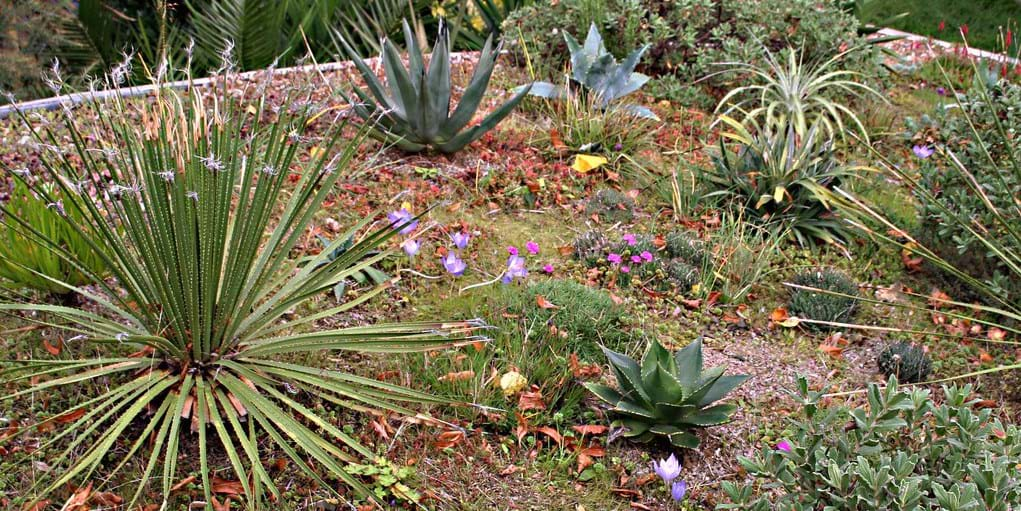 With kind permission from David Matzdorf
With kind permission from David Matzdorf
The original vision
We already have a series of Gardens Through Time (from Tudor to Edwardian). And a green roof for the 21st century seemed a natural extension.
Our architects Wright and Wright identified the perfect spot, over the new studio space.
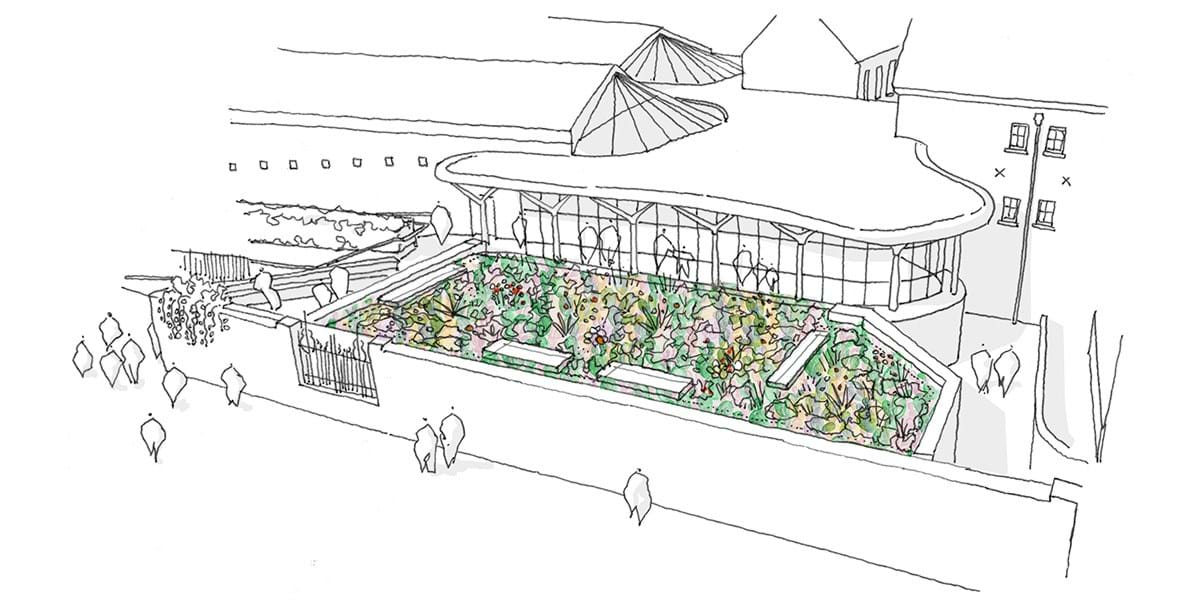 Drawing of the green roof © Wright & Wright Architects
Drawing of the green roof © Wright & Wright Architects
There are lots of benefits of a green roof:
- important refuges for wildlife in urban areas
- reduce the rate rainfall leaves the roof
- reduce the need for air conditioning in summer and provide a degree of insulation in winter
- act as a sound insulation barrier
- improves air quality, filtering airborne particles and pollutants
Sponsor a wildflower, herb or fruit tree
Help us replant our gardens
Getting in the mood
One of our key requirements is for drought tolerant plants. And one of the best examples I knew of was Beth Chatto's gravel garden.
We visited Beth Chatto's gardens with director Sonia, Museum trustee Edwina Sassoon and donors Anthony and Consuelo Brooke.
We also visited the biosolar roof at Here East in the Olympic Park and the PwC offices in London Bridge.
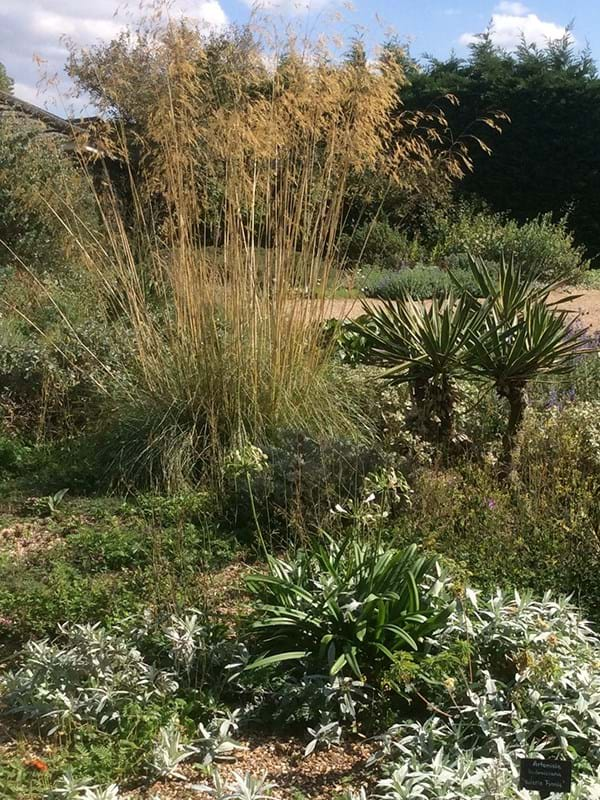 Beth Chatto's gravel garden
Beth Chatto's gravel garden
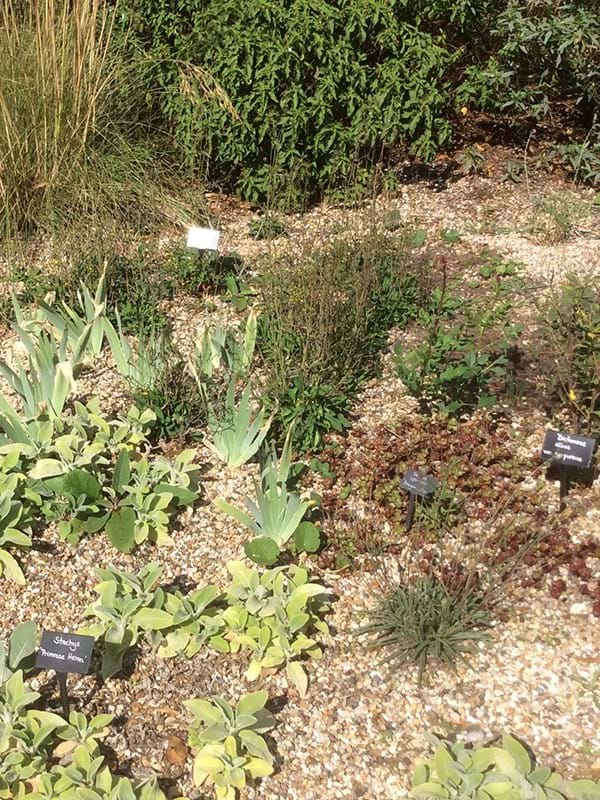 Beth Chatto's gravel garden
Beth Chatto's gravel garden
Joining the green roof neighbourhood
We’ve been working with Dusty Gedge (of The Green Infrastructure Consultancy Ltd), who is involved in urban greening at a city-wide scale.
Dusty campaigned successfully for a living roof policy in London, ensuring all modern buildings have a green roof.
There are now more than 290,000m2 of green roofs installed in central London. This is the equivalent to 1.26m2 of green roof per resident (2017 figures). This is higher than many other cities famed for their green roofs.
We’re excited to be joining this patchwork of green roofs and walls spreading across London. And connecting with the wildflower meadow corridors that grow along the Overground line nearby. Much of which we have Dusty to thank for.
We'll have one of the most visible green roofs with a great view of it from Hoxton station.
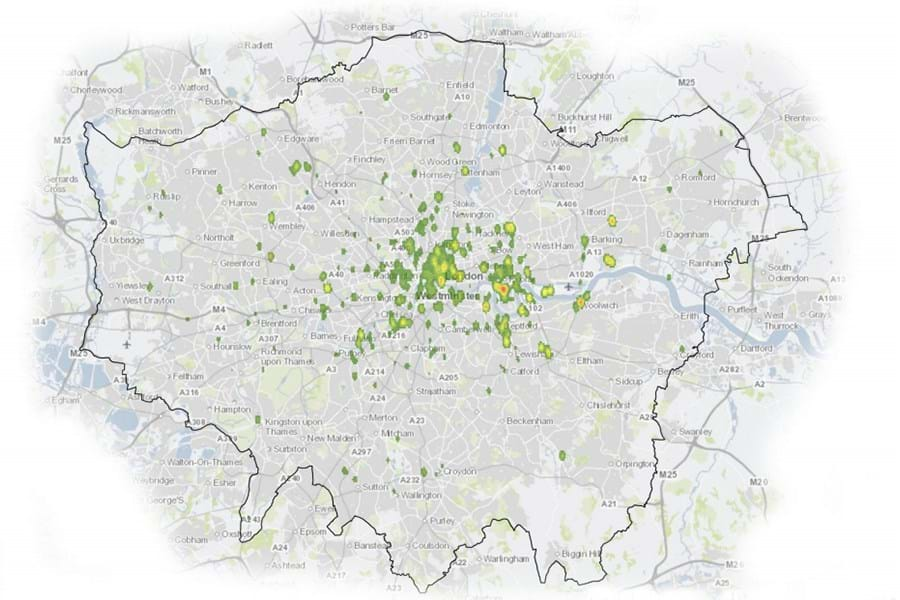 Map of green roof hotspots in Greater London from livingroofs.org
Map of green roof hotspots in Greater London from livingroofs.org
Wildlife friendly, beautiful and sustainable planting
Green roofs are usually planted with sedums, succulents, wildflowers and grasses.
Dusty is also bringing in some more unusual ideas, taking inspiration from another London garden where crocus, maiden pink, amiria maritime, chives, thrift and yuccas thrive. Lots of these we already have growing in our gardens.
We’ll be planting in three zones with spring and autumn bulbs and wildflowers throughout.
And we'll have a pathway for maintenance, planted with creeping thyme (Thymus serpyllum) and tunic flower (Petrorhagia saxifraga) to give colour and nectar source for pollinators.
Structural hardy plants
- Spanish dagger (Yucca gloriosa)
- Beaked yucca (Y. rostrata)
- Spoon flower (Dasylirion wheeleri)
- Sea holly (Eryngium variifolium)
Drought-tolerant herbs, perennials and grasses
- Catmint (Nepeta racemosa)
- Curry plant (Helichrysum italicum)
- Balkan clary (Salvia nemorosa 'caradonna')
- Lavender cotton (Santolina chamaecyparissus)
- Foxtail lilies (Eremurus robustus)
- Horseshoe vetch (Hippocrepis comosa)
- Field scabius (Knautia arvensis)
- Viper’s bugloss (Echium vulgare)
- Grape hyacinth (Muscari armeniacum)
- Sea thrift (Armeria maritima)
This is just the start. The idea is to do a little and then add. We’ll be going for combinations that adapt and change as the weather changes. Dusty Gedge
You can see the newly planted green roof, our other Gardens Through Time and the rest of the reimagined Museum when we reopen on Saturday 12 June.
If you’re interested in creating your own green roof check out Dusty Gedge and John Little’s DIY guide.
Contributor

Dusty Gedge
Dusty runs livingroofs.org, an independent organisation promoting green roofs and living walls in urban areas.
